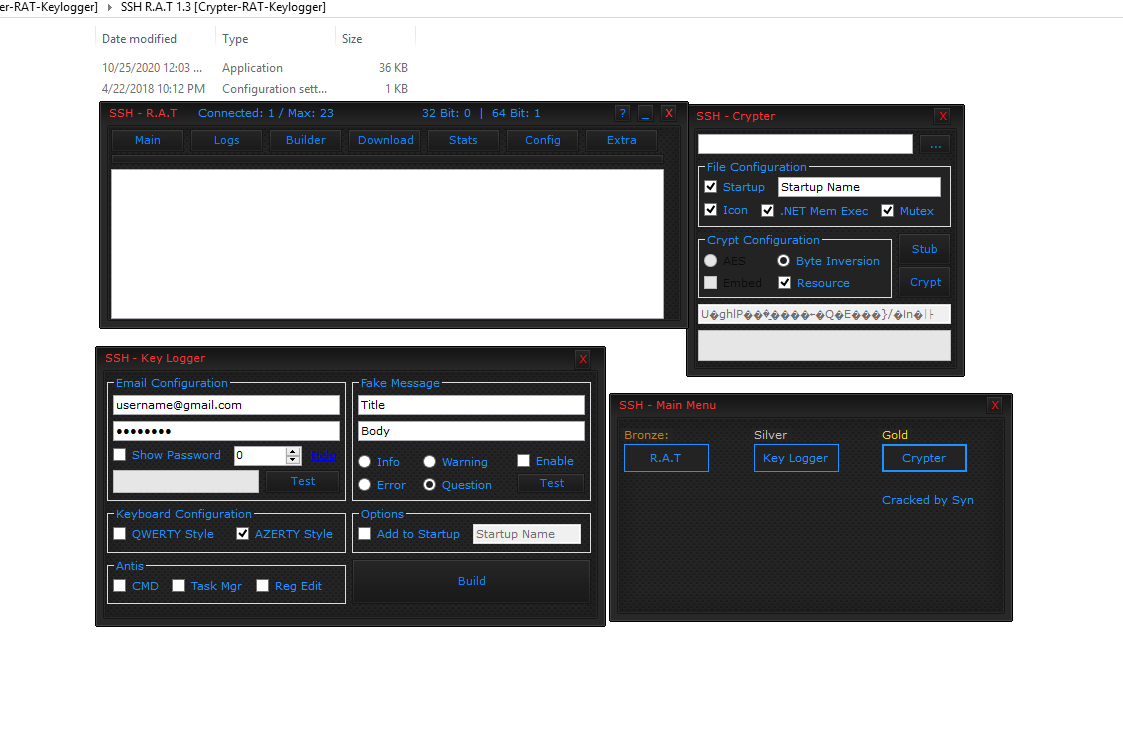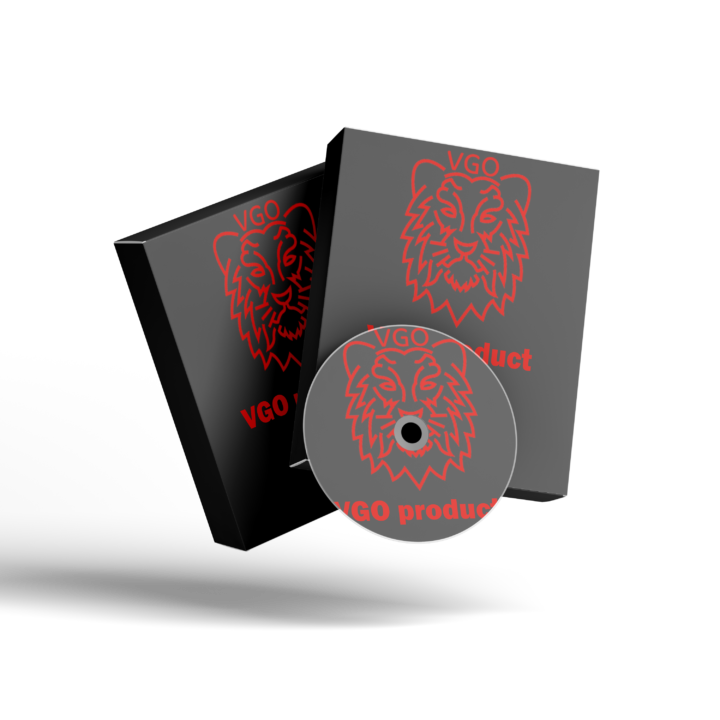
#RAT CRYPTER PORTABLE#
In order to bypass detection by AV software, modern malware authors maintain and use specialized obfuscation tools called “crypters.” Technically classified as a Portable Executable (PE) Packer, and not to be confused with encrypting ransomware such as Cryptolocker, crypters like this sample disguise executables through the use of various encryption and encoding schemes, cleverly combined and recombined, often more than once. ‘Crypter’ services make a business of antivirus evasion In its plain, non-obfuscated form DarkComet is detected by the majority of AV products. When used maliciously, DarkComet can essentially turn any computer into a fully-featured bot, and this is, in fact, the primary notorious use for this software, as we often see evidence of DarkComet malware campaigns. DarkComet is a freely available remote administration tool (RAT), with useful abilities such as keylogging, screen captures, file transfers and more. Threat Emulation intercepted the attachment, extracted its contents, and attempted to open it in a controlled emulation environment, a process also referred to as ‘malware sandboxing.’ During emulation, it was detected that the file exhibited multiple suspicious activities when executed, including creating additional processes, writing suspicious files, and registering for system-wide notifications.īased on these emulation results, this sample was forwarded for further analysis with Check Point Malware Research Group, which extracted the malicious payload and undertook additional analysis.Īnalysis revealed that the executable contained an obfuscated version of the DarkComet RAT.
#RAT CRYPTER RAR#
Unlike attacks which exploit an OS or application vulnerability, this malware simply needs the end-user to run the executable once extracted from the RAR file.
#RAT CRYPTER ARCHIVE#
The email included an attachment named ‘PROFORMA_INVOICE.rar’, which is a valid extractable RAR archive containing an executable file. The malware was sent by email from a fake Gmail address with the subject “PROFORMA INVOICE”, appearing to present a previously discussed possible purchase deal from a seller. (VirusTotal is a Google-owned service that analyzes suspicious files and URLs and maintains a malware database that is shared back to the research community.) At the time of detection, the malware sample was unknown to the VirusTotal community and was able to pass numerous different antivirus engines with no detections.

On December 31, 2013, Check Point ThreatCloud received an alert triggered by a Threat Emulation detection in a customer network. In addition to detecting and blocking this dangerous malware through the ThreatCloud network, this catch by Threat Emulation highlights the inner workings of the family of advanced attacks that are changing both the threat landscape, and the range of solutions that security managers need in order to defend their networks and their data. Although this sample was able to evade most AV solutions, Threat Emulation was able to reveal it and additional investigation by our research team traced it to a malware campaign that has been detected at work in Europe and Latin America. These techniques, known as “crypting,” enable malware writers to create unknown variants of proven, highly effective malware that evade AV detection and extend the reach of existing bot infrastructure.Ĭheck Point Threat Emulation recently demonstrated that not all defenses are so easily evaded when it detected and blocked a crypted and previously unknown malware variant designed to deliver the DarkComet remote administration tool (RAT).


Malware writers employ a variety of specialized obfuscation techniques to render known malware invisible to existing antivirus defenses.


 0 kommentar(er)
0 kommentar(er)
